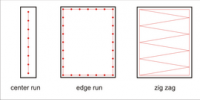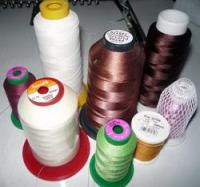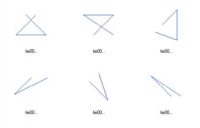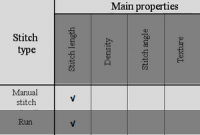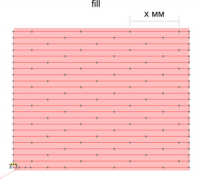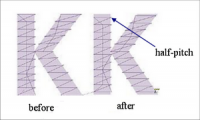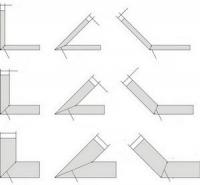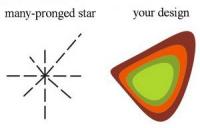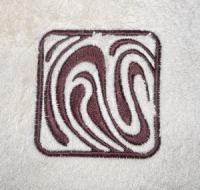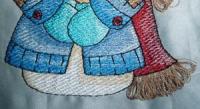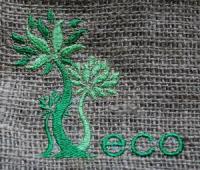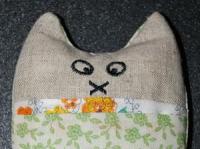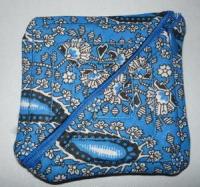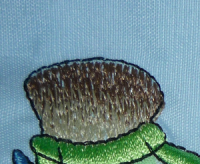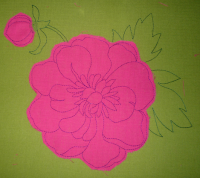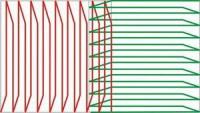Oh, this horrifying aspect of machine embroidery — Density! How many mysteries, conjectures, and speculations exist around it. When I first encountered it, I wondered: What density value is enough? Will 0.55 mm be too much or too little? On what one or another density value depends?
What is stitch density? The last question is asked by many machine embroidery beginners. Density (sometimes also called spacing) is the distance between 2 neighboring rows of stitches.
Only 2 kinds of stitch objects have this property: satins and fills (see the table in my article called Quality benchmarks. Stitch object properties).
In different machine embroidery editors, the density units may vary. The most common way of measuring density I've seen was in mm. 0.4 mm, for example. The other way of estimating density is to count the number of stitches per 1 mm or 1 inch (SPI) or to count the number of needle penetrations (points, units) per 1/10 mm.
Some embroidery editors allow you to choose the density measurement units out of a list. For example, Tajima DGML by Pulse has 3 density measurement units: mm, SPI and point per mm. Every user can adjust it in the software as he/she pleases.
One should be fully aware that changing density measurement units will have an impact on many things:
density
↑
↓
density value in the software
↓
↑
distance between the stitches
↓
↑
number of stitches
↑
↓
time spent on the embroidery
↑
↓
productivity
↓
↑
The most common question is this: what density value is considered optimal? To which all embroiderers answer in different ways. But the answer that is closest to the truth is this: "It depends…"
A lot of factors have an impact on the choice of density value:
1. The type of a material to be embroidered, which defines its characteristics.
thickness texture density numerous other characteristics 2. color of the fabric
3. the future embroidery design
4. threads
their thickness type color 5. tension regulation on the embroidery machine
6. what kinds of stitches will be used in the embroidery
stitch type stitch length 7. kinds of stitches in the underlay
number of stitches their type 8. Embroidery effects that are to be achieved
dense filling light filling color-blending 9. personal tastes
What are the reference points for choosing density values?
The most important thing is to get a good coverage.
For example, logo and chevrons require a density value that covers the fabric completely. That is, it should not show between the stitches.
The most common recommendation on densities are as follows:
don't change the density value when substituting a #40 polyester thread for #40 rayon. In my opinion, this can be disputed. lower density when substituting #40 threads with the ones of bigger number (#30 rayon or polyester with acrylic threads or the threads that glow in the dark). darker threads require lower density values for covering the light-colored fabrics than light-colored threads for the dark fabrics. More about it here. long stitches give better coverage than short ones metallic and other threads of special kinds work better with reduced density and longer stitches satin stitches require varying density in accordance with the stitch length Read more about it in this article. if the design is distorted after the embroidery, you can try to lower the density value by 10%. Try again and see the result. Keep trying until you get a result that satisfies you. You can learn the recommended density values from various kinds of brochures issued by the thread manufacturers.
Madeira, for example, suggests several tips for digitizers on how to find the right density value and needle thickness, so that they have a starting point in creating the embroidery design:
The consequences of the excessive density in a design are usually the following:
design distortion coarse embroidery thread breakage perforation on edges higher cost: production consumes more of your time and resources In one word, there are no ready answers when it comes to density — everything should be tested. Read here about an interesting method of finding the right density value for various kinds of threads.
- Read more...
-
- 0 comments
- 8,046 views

